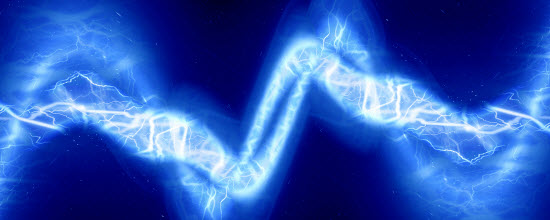Successful integration of ever-growing amounts of renewable energy into electric grids has been a constant quest for utilities over at least the past few years. Dr. McGrath outlines today’s challenges in renewables integration, the contributing factors utilities are or should consider in their planning, and a selection of available solutions. While her article is far from a sales piece, it should be noted that Dr. McGrath is employed by a company that provides energy storage and power delivery solutions.
According to a recent report by Deutsche Bank, solar electricity will reach grid parity in 36 states by 2016, indicating a trend that renewable energy is becoming increasingly available at decreased costs to install. As a result, utilities are considering multiple strategies to integrate renewable energy sources on the grid and accommodate additional distributed energy. Utilities in certain areas of the country, such as Hawaii, are leading the initiative to capitalize on lower costs of high solar penetration, but there remains a great deal of speculation in the industry about the best technological path, and many players are waiting to see the longer term financial viability of renewable energy before committing to its integration.
Facing the challenges of integration
While this trend in harvesting renewable energy sources may benefit both consumers and utilities economically in the long run, there are still challenges to integrate them on a utility and commercial scale today. There are currently three main considerations and hurdles to successful integration of renewable energy on the grid:
Location, location, location
Within utility networks, the value of distributed energy resources, such as solar PV, is dependent on where the resource is located on the feeder line. An increased number of transmission studies and scenario models are necessary to ensure that resources are installed in optimal locations to reap the most benefits.
Power quality and continuity
Natural elements, such as clouds covering solar panels, weak winds or extreme storms, can cause intermittencies in service that leave utilities scrambling to restore a constant flow of power as they switch to backup power sources. While brownouts can last mere seconds or longer, depending on the severity of the weather, dips in power negatively impact utilities’ service and reliability.
Policy
Policymakers need to further facilitate the integration of renewables and specifically foster utilities’ exploration and analysis of a wide array of technologies from both a cost and performance perspective. The result of this will be a toolbox of product types to select from that will economically meet specific project needs and issues.
Energy storage solutions
Deployment of energy storage technology is a part of the solution, and can remedy certain issues by storing energy captured from renewables for later use. While batteries are often the energy storage technology of choice, repetitive cycling at high voltage erodes performance capabilities, causing these devices to have a short life span, which results in higher long-term maintenance and replacement costs.
Ultracapacitors are energy storage solutions being used today that are designed to handle repetitive cycling at peak power demands to provide backup power during intermittencies to avoid outages. They store energy in an electric field, allowing them to function at a higher temperature range than batteries and making them more responsive and reliable in extreme conditions. Flywheels also serve as an alternative to chemical batteries by storing input as kinetic energy in a rotating mass to last many charge cycles. The durability of these types of solutions mitigates replacement costs,and their composition quickly provides power during critical moments so utilities can switch to an alternative supply. Storing energy without the use of inefficient chemicals allows utilities to capitalize on the lower costs associated with renewable energy sources and save energy for when it is needed most.
That said, multiple technologies are required to solve the diverse set of challenges that comes with integrating renewable energy sources on the grid, leaving it up to utilities to assess which technologies can work together to ensure the best performance and cost efficiency. While renewables have disrupted how utilities traditionally conduct their service, now is the time to test different energy storage solutions to adapt to this challenge in the coming months to work towards a future fueled by renewable energy.
Dr. Kimberly McGrath is director of business development for Maxwell Technologies and has spent her career in the field of energy storage applications and technology development. Dr. McGrath received her doctorate in chemistry from the University of Southern California and an MBA from The Paul Merage School of Business at the University of California, Irvine

